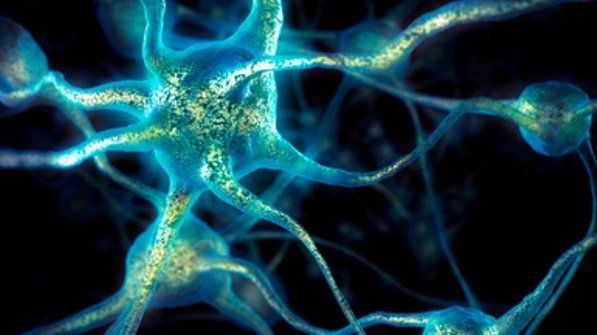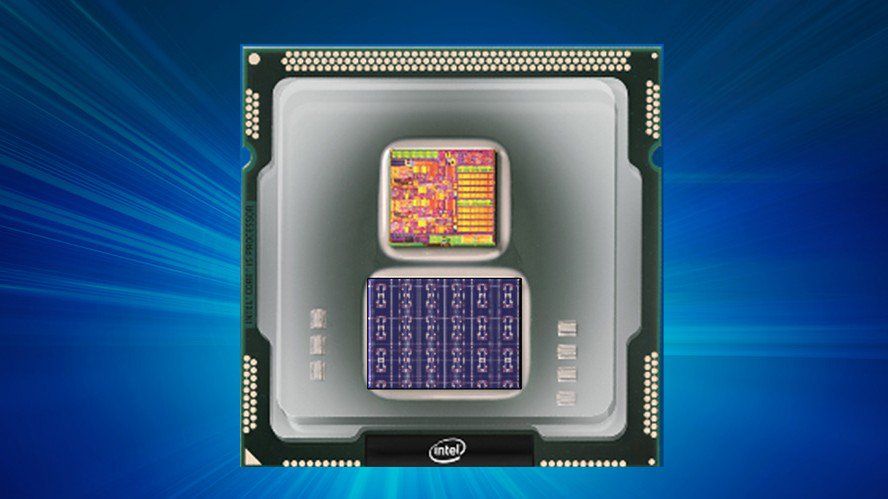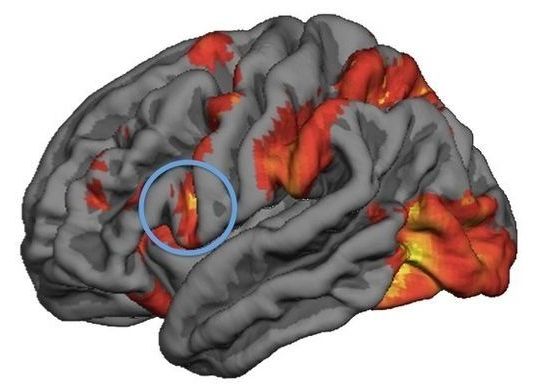Jan 13, 2018
Y Combinator will give you $1 million to try to cure aging
Posted by Dan Kummer in categories: biotech/medical, economics, life extension, neuroscience
The famed startup incubator Y Combinator put out a call for companies that want to increase human longevity and “health span.”
Who they want: Founders with new ideas for treating old-age diseases like Alzheimer’s, “but we will also consider more radical anti-aging schemes,” YC president Sam Altman told MIT Technology Review.
Why longevity? Efforts to stop old age don’t actually get funded much. “My sense is that economic incentives of drugs companies are screwed up” says Altman. “I don’t think we have enough people saying, How can we make a lot of people a lot heathier?”
Continue reading “Y Combinator will give you $1 million to try to cure aging” »

















